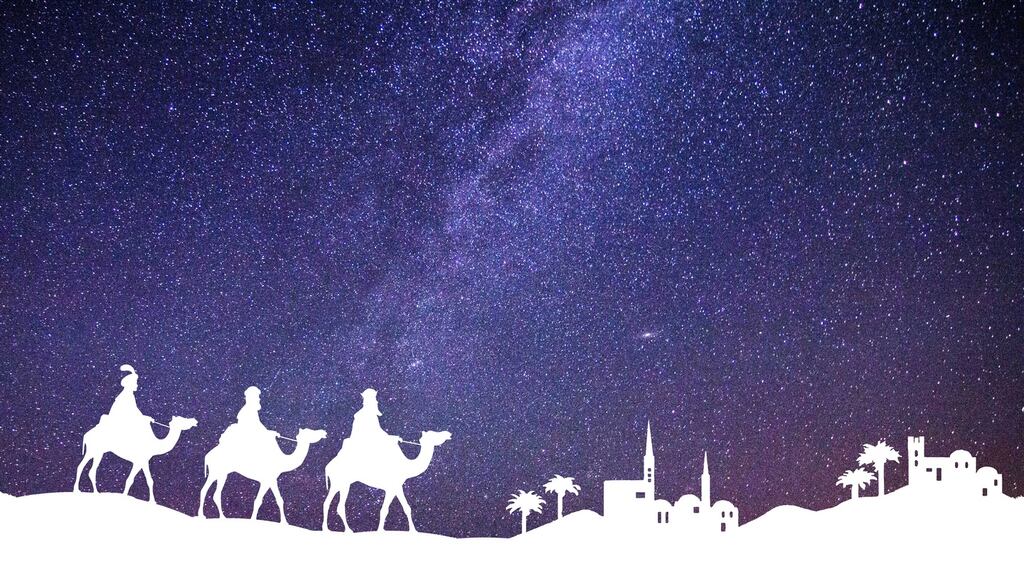It just has not felt like Christmas as we know it, with family gatherings restricted and homecomings cancelled.
That television advertisement with a young boy repeatedly asking, “Is he coming?”, as he anticipates a visit from his grandfather, is touching. It ends happily with a warm hug when grandad finally arrives, but this year that will not be happening for too many grandparents.
If there is a positive in this it is that we are reminded that what makes Christmas special is togetherness, being with family and friends and reaching out to strangers who need help.
Of course, much of what we consider normal at Christmas, is relatively recent history in the context of the 2000-year-old celebration of the nativity.
Many of the customs, such as sending Christmas cards, date from the Victorian era. Queen Victoria’s German-born husband Prince Albert introduced the Christmas tree, a European tradition, possibly pagan in origin but Christianised by the 16th century. Carol singing although rooted in antiquity was to have a more prominent role in the 19th-century festivities.
Originally carols were secular in content and not sung in church. But as hymn singing became popular, church musicians gradually introduced suitable carols into services.
Furthermore, secular carols were sung in private homes and alehouses and this attracted the attention of the Bishop of Truro, Dr Edward Benson, who on Christmas Eve 1880 conducted the first service of "Nine Lessons and Carols" hoping to attract "revellers out of the pubs and into church by offering a religious celebration of Christmas".
He had limited success because people then, just as now, preferred to party.
We see this in the story of one our finest carols, In the Bleak Midwinter. It was written by Christina Rossetti and published as a poem entitled A Christmas Carol in the Scribner's Magazine in January 1872. She was paid £10. It was not well received because it was out of step with the merriment of the Victorian Christmas promoted by Charles Dickens and others. It was too reflective.
But her words connect with where we are today in our own bleak mid-winter of separation and disease by acknowledging that life can be difficult: 'In the bleak mid-winter, frosty wind made moan, earth stood hard as iron, water like a stone." The weather conditions do not fit Palestine; rather this is a word picture reminding us that the world Jesus was born into was not a warm, welcoming place.
This is a very feminine carol with its reference to the role of Mary the mother of Jesus: “Enough for him, whom cherubim and seraphim worship day and night; a breast full of milk and a manger full of hay.” Even in a cold, unfriendly world, the nurturing love of a mother could not be suppressed.
Christmas is the assurance that we are sustained and watched over by an even greater love and this gives us hope for the future. The basis for that hope is what God has shown us of him/herself in the life and teaching of Jesus Christ. People ask where do we find hope? The answer is we don't. It finds us because it is a gift from God – the best Christmas present anyone could want.
In his book Feast of Silence, Ladislas Boros, Hungarian theologian and former Jesuit, wrote: "We are not simply at the mercy of the hopeless and often bad experiences that we have in the everyday world . . . New and unexpected things can always rise up out of our lives because there is, despite all the anxiety and unhappiness that surrounds us, a hidden source of salvation in the world that can begin to flow at any time. Something that is bright and pure and not simply superstitious or widely enthusiastic is proclaimed in this Christmas mood. It is that, despite all the evidence that exists in the world as we know it, there is a way from darkness into light; there is a light shining in the darkness of the night."









